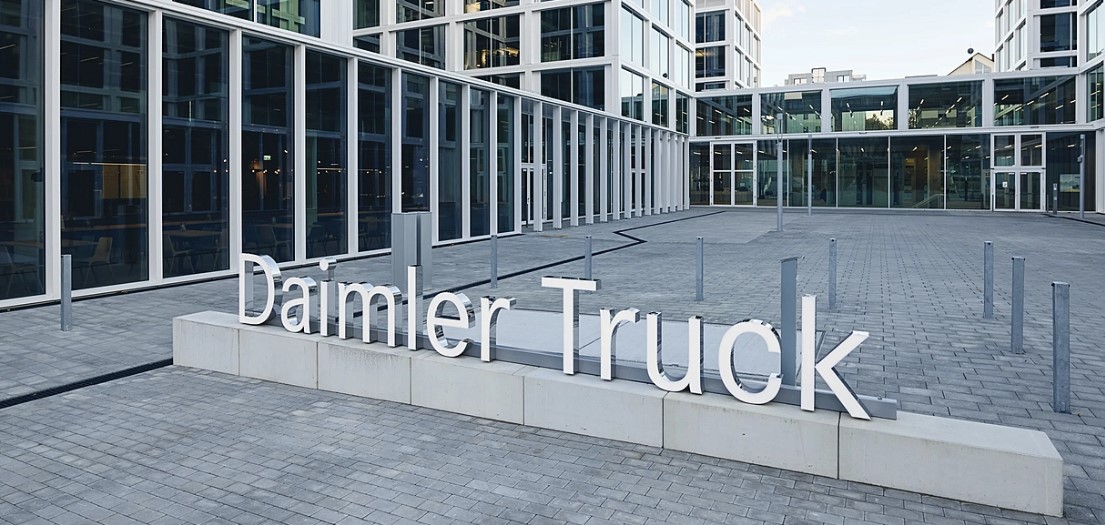
The first of September is nearly upon us and with it comes the new 73 number plate. Whilst the date also marks the notional end of what has been a damp summer, the brighter story is the recovery of the new car market, with July completing 12 months of consecutive growth. We expect this trend to continue, with growth of around 20% in the third quarter, of which September plays the major role and sets the trajectory for year-end totals.
The onus is now on boosting forecourt and online activity to increase the sales of new, zero emission cars and vans. Whilst there has been a lot of media commentary over the summer regarding EVs – much of it misguided – the simple fact remains that we cannot achieve net zero unless we decarbonise road transport. Industry is doing its part – as we reported earlier this year, there are now around 80 electric car models available across every vehicle segment, compared with just 21 in 2018, providing choice for consumers, and with ever increasing battery range.
Manufacturer investment is also delivering in the light commercial and heavy-duty sectors, with increasing numbers of green vans, trucks and buses coming to market, and to the UK’s roads. Indeed, the UK market today has some 23 electric van models, 20 electric trucks and 14 models of zero emission buses available, powered by electric or hydrogen.
There is clearly an appetite for these vehicles. But to create a mass market and drive decarbonisation at scale, we need to remove any and all barriers to uptake for both consumers and operators. That means having more places to charge for cars and vans – something which could be delivered by binding rollout targets in line with those set for EV sales, the legislation for which (a Zero Emission Vehicle Mandate) is expected to be published soon. The specific needs of the truck sector must also be considered, especially as Britain’s strategic road network has not a single HGV-dedicated electric charging or hydrogen filling point.
We also need to ensure there is encouragement and fairness in accessing EVs. As road users, EV drivers should pay Vehicle Excise Duty but should they be subject to the expensive vehicle premium purely because the technology is more expensive than internal combustion engines? We need long term fiscal incentives that encourage consumers and businesses to buy but also measures to reduce the cost of ownership. Cutting VAT on public charging so that it is the same as charging at home, for example, would be a sensible move and help make owning an EV more equitable. All these steps would help attract more consumers and businesses to EV ownership and we must pull every lever as end of sale dates loom ever closer.
September also brings with it our next major event, SMMT Electrified, taking place on Monday 18 in Westminster. How to deliver the electric switch rapidly and successfully is the theme of this event (and indeed, the fundamental challenge facing the industry and the country). We’ll be bringing together more than 400 senior representatives from the automotive, charging, battery, energy, fleet and logistic industries, along with government and consumer groups, to explore every aspect of what is the biggest change in mobility for a century. I encourage you to join us, and more information on tickets can be found here.


